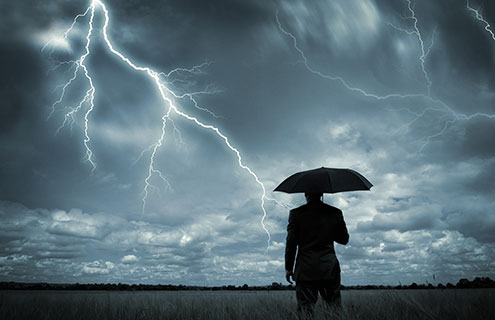Economic losses from global natural disasters during the six-month period ending 30 June 2014 totalled $54 billion, down from $95 billion in 2013, according to data from Aon Benfield.
This is also around 49 percent lower than the 10-year (2004-2013) average of $106 billion.
Insured losses for the period reached $22 billion, approximately 19 percent below the 10-year average of $27 billion, with around 55 percent of insured losses occurring in the US, 23 percent in Europe, and 19 percent in Asia.
Around 39 percent of global economic losses sustained during the first half of 2014 were covered by either private or government-sponsored insurance programmes, slightly above the 10-year average of 30 percent, highlighting that a greater proportion of disaster losses occurred in regions with higher insurance penetration.
The severe thunderstorm peril was the costliest disaster type, accounting for 32 percent of the economic loss and 46 percent of the insured loss during the period and comprising mainly hail and wind events in the US and Europe.
In order of size, the five largest economic loss events in H1 2014 were Japan’s winter weather in February ($6.25 billion); Southern and Eastern European flooding in May ($4.5 billion); Brazil’s drought from January to June ($4.3 billion); US drought from January to June ($4 billion); and severe weather in Europe in June ($3.5 billion).
Looking ahead to the second half of 2014, Steve Bowen, associate director and meteorologist within Aon Benfield's Impact Forecasting team, said: "The third quarter historically is the costliest for natural disasters and is primarily driven by the peak of the Atlantic Hurricane Season.”
“While [El Nino] is likely to limit the overall number of storms in the basin, it would only take one major landfalling event to quickly make 2014 an above average year for losses—and history suggests that it is just a matter of time before the US endures another major hurricane."






